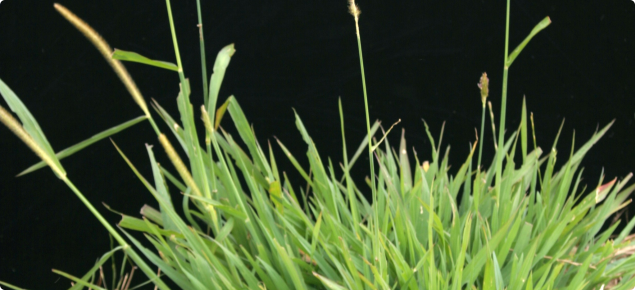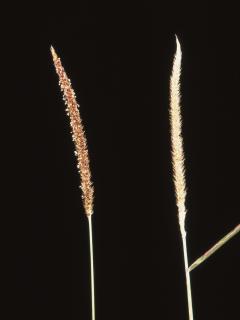Features
Setaria has the following features:
- a moderate to tall, bunch grass
- comparatively good cool season growth
- some varieties have good frost tolerance
- it contains moderate to high levels of oxalate.
The genus Setaria (Setaria sphacelata complex) includes a number of species that are used in agriculture. Setaria sphacelata var. sericea (setaria) is an out-crossing species that is widespread in its native Africa, but is mainly from regions where the rainfall is more than 750mm and without a pronounced dry period. In Queensland and northern New South Wales setaria is mainly grown in coastal districts.
Setaria splendida is suited to humid lowland tropics, but has to be planted vegetatively as the seed is sterile. However, the variety Splenda (PBR) is a seeding hybrid, which has shown some promise in WA.
Splenda and Narok setaria produced significantly more annual biomass and more biomass in summer and autumn than kikuyu in a field trial near Esperance on the south coast.
Purple pigeon grass (Setaria incrassata) is a bunch grass native to Zimbabwe where it grows on black cracking clays. In northern NSW and Queensland it is grown on fine-textured soils with Bambatsi panic and Rhodes grass. On these soils it is easy to establish and shows excellent seedling vigour. To date attempts to grow this species in south-western Australia have been unsuccessful. It appears to require high soil temperatures (~25°C) to germinate, which would preclude its use in WA.
The following refers to Setaria sphacelata var. sericea and the seeding hybrid Splenda (PBR).
Description
The morphology of Setaria can be described as:
- a robust, erect, densely tufted grass (0.9-1.8m)
- the base of vegetative tillers is flattened (fan-shaped)
- leaves are generally broad and mostly hairless
- seed head is ‘cigar’ shaped


